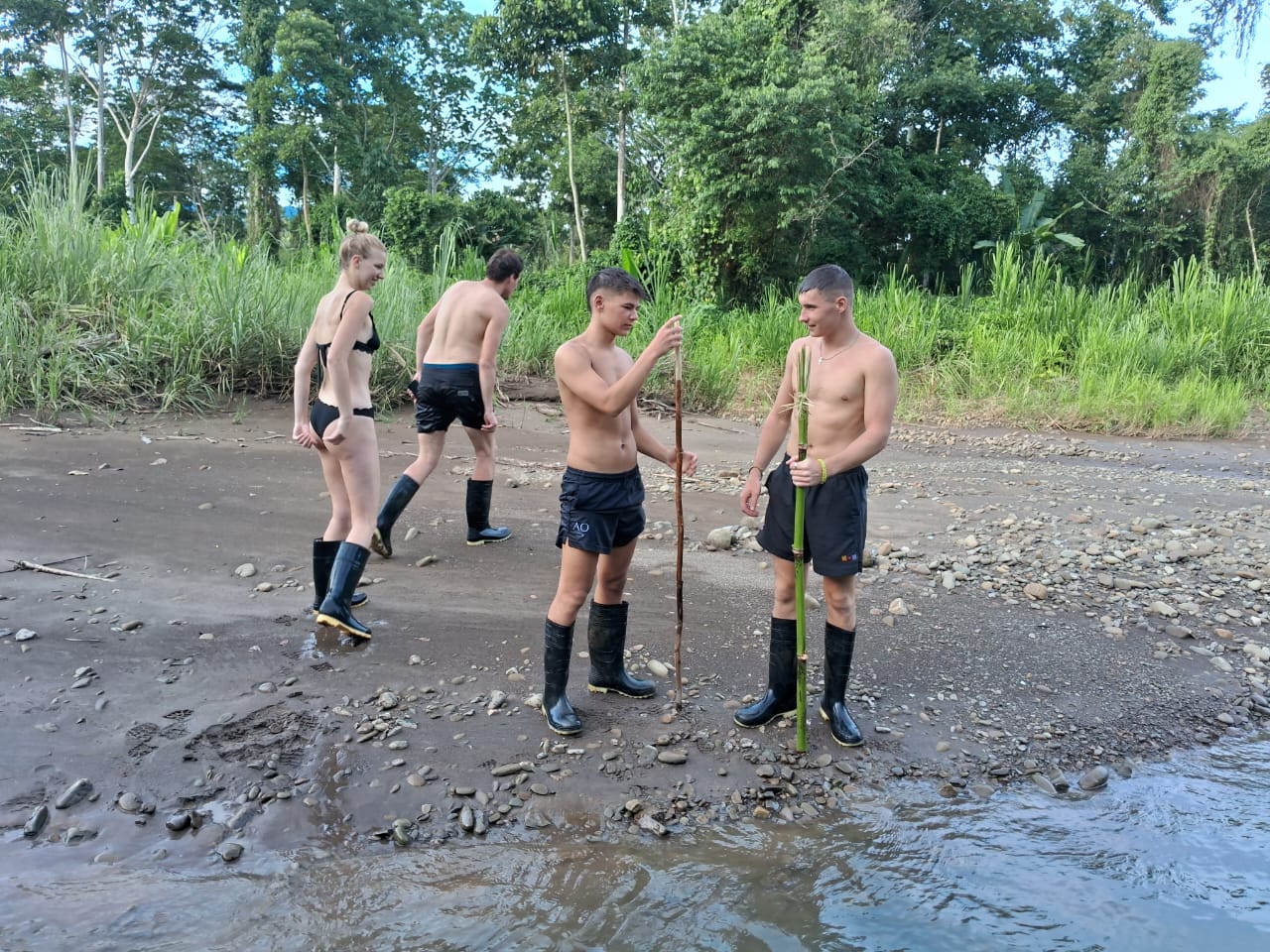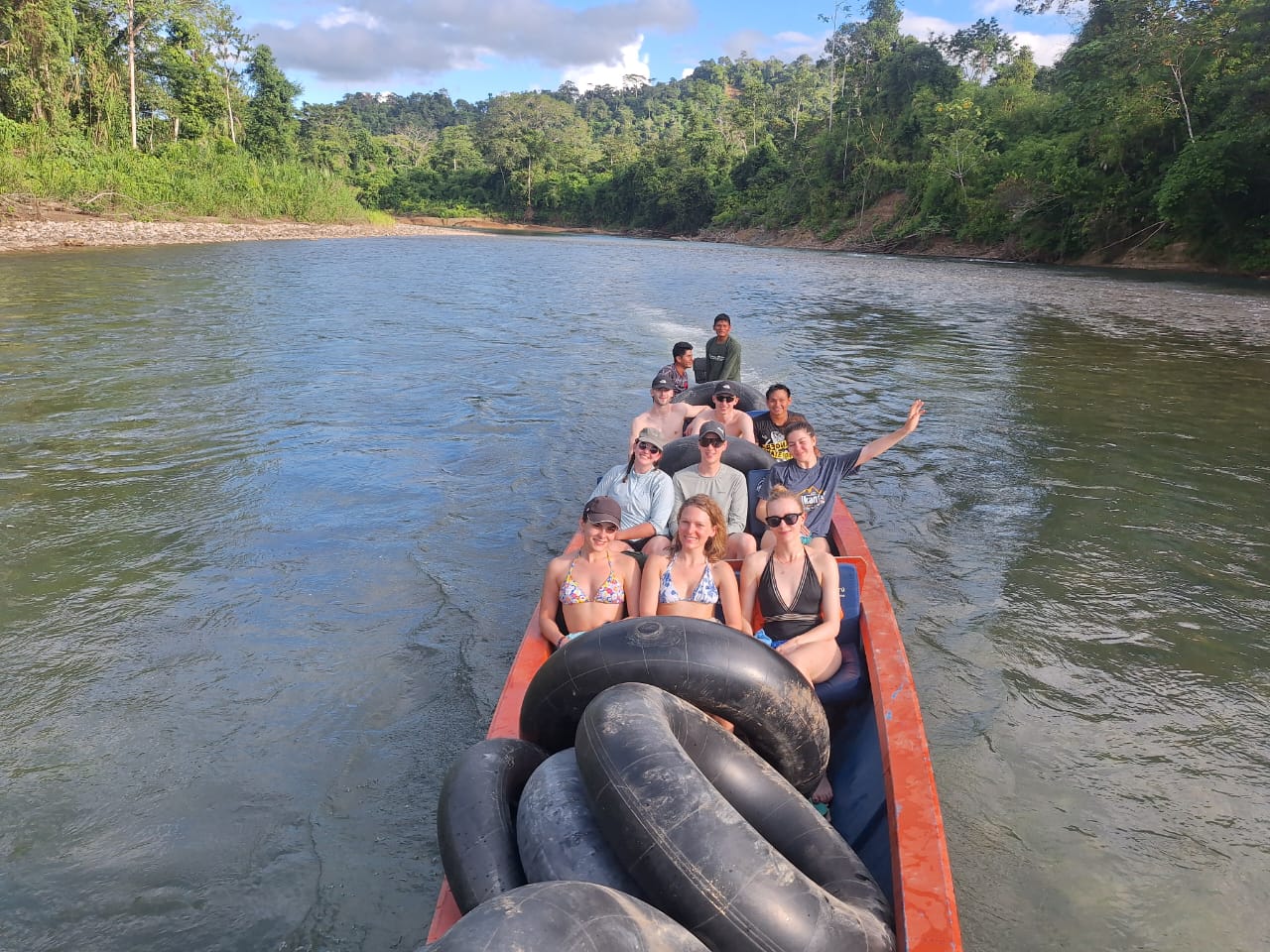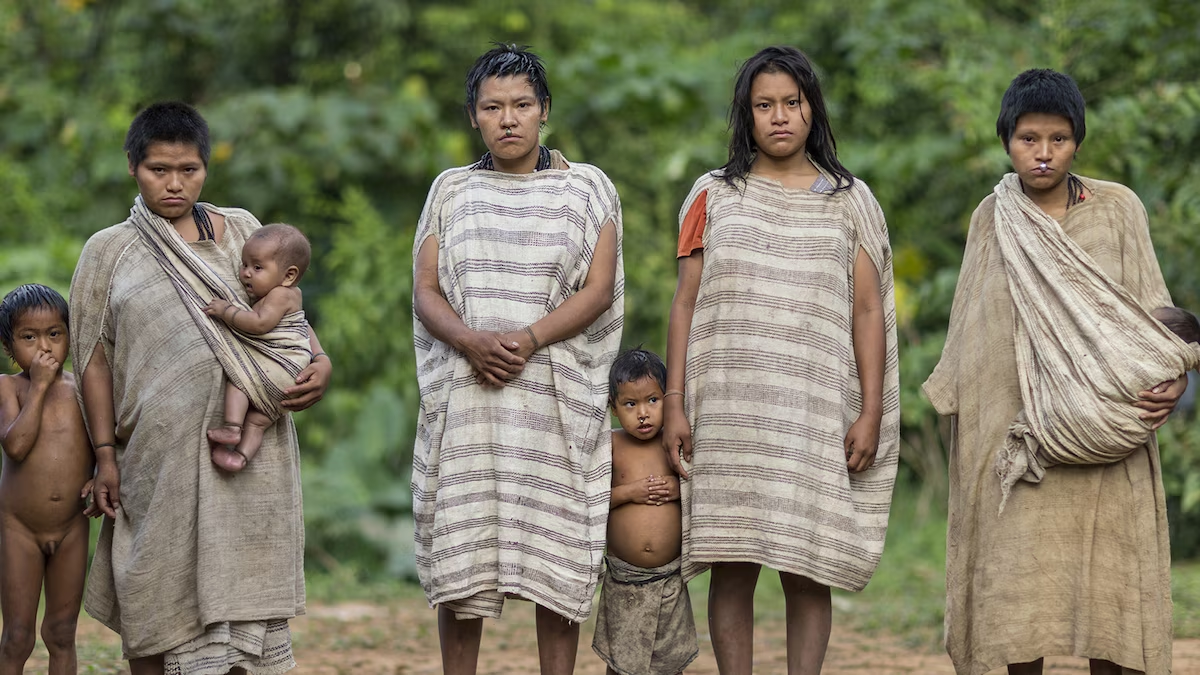Nestled in the heart of the Peruvian Amazon, Manu National Park is a treasure trove of biodiversity. This UNESCO World Heritage site spans over 1.5 million hectares, making it one of South America’s largest protected areas.

From lowland tropical rainforests to high-altitude cloud forests, the park’s landscapes are as diverse as they are captivating. It’s a haven for wildlife enthusiasts, with over 1,000 bird species and 200 mammal species calling it home.
But Manu is more than just a wildlife sanctuary. It’s a living, breathing testament to the rich cultural heritage of its indigenous communities. Some of these communities have limited contact with the outside world, adding to the park’s allure.
If you’re a travel blogger in search of engaging content or an outdoor adventure guide needing detailed information, this guide to Manu National Park will help you. We’ll delve into the park’s zones, highlight its flora and fauna, and provide practical tips for your visit.
So, are you ready to embark on a journey to one of the most pristine corners of the Amazon? Let’s explore Manu National Park together.
Manu National Park is a place where time seems to stand still. Its remote location helps preserve its pristine condition and abundant wildlife.
In 1987, UNESCO recognized Manu’s ecological and cultural significance, granting it World Heritage status. This accolade underscores the park’s global importance as a conservation area.

The park’s vastness is striking, stretching from the Andes to the Amazon basin. This altitudinal range creates a rich tapestry of ecosystems. Each zone offers unique experiences, showcasing the park’s diverse natural wonders.
Getting to Manu requires organized tours, as it remains relatively untouched by mass tourism. Such restrictions help protect its delicate ecosystems and cultural treasures. Embrace the chance to explore a truly remote and untouched paradise.
Manu National Park is a biodiversity hotspot, home to an astounding variety of life. Stretching across varied terrains, its ecosystems range from humid lowland forests to cool cloud forests.
Over 1,000 bird species thrive here, drawing birdwatchers from around the globe. The park’s skies showcase colors and sounds that are nothing short of mesmerising.

Mammals abound in Manu, with 200 species recorded. The elusive jaguar reigns as one of Manu’s most sought-after sightings. But it’s far from the only treasure hiding in the dense foliage.
Reptiles and amphibians, too, find sanctuary within the park. Manu’s waterways teem with aquatic life, from piranhas to gentle giant otters.
The park’s flora is equally impressive, boasting over 15,000 plant species. Many are used locally for their medicinal properties, reflecting a deep relationship with nature.
This wealth of biodiversity makes Manu not just a park, but a living library of the natural world. It’s an ideal destination for those yearning to reconnect with the wild.
Manu National Park is thoughtfully divided into three distinct zones. Each offers unique experiences and conservation priorities, enriching your journey through this diverse environment.
The Cultural Zone allows for interaction with the region’s communities. Here, visitors experience indigenous traditions and daily life in harmony with nature.

In the Reserved Zone, nature reigns supreme. Access requires special permits, emphasizing the commitment to preservation while offering unparalleled wildlife encounters.
The Intangible Zone remains off-limits, a sanctuary for isolated tribes and fragile ecosystems. This untouched haven underscores the park’s dedication to conserving Peru’s natural heritage.
Timing your visit to Manu Amazon Tours Peru is crucial for an optimal experience. The dry season, lasting from May to October, offers the best wildlife viewing.

Accessing the park typically involves organized tours, as independent travel is restricted to protect the area. Tours often start from Cusco.
Adventurers can anticipate a journey through varied landscapes. It will be paving the way for an expedition into the heart of the Peruvian Amazon.
Joining tours of Manu in Peru provides an opportunity to explore one of the world’s most biodiverse regions. Tours vary in length, typically from a few days to over a week, allowing for a tailored experience.

Expect to be accompanied by knowledgeable guides who enhance your adventure with insights into the region’s ecology. Their expertise is invaluable for spotting elusive wildlife.
Tour itineraries often include excursions into different zones of the park, offering diverse ecosystems to explore. Each zone presents unique experiences and wildlife encounters.
Accommodations range from rustic lodges nestled in the rainforest to the unforgettable experience of camping under the Amazon stars. Comfort blends with immersion in nature.
Travelers can anticipate varied activities, from riverboat journeys to night walks that reveal the park’s nocturnal magic. Canopy tours offer breathtaking views from above.

Sustainable tourism practices are emphasized, ensuring that your journey contributes positively to the park’s preservation and local communities. This mindful approach enriches the adventure while conserving Manu’s treasures.
Manu National Park is a paradise for wildlife enthusiasts and birdwatchers alike. Its immense biodiversity beckons nature lovers from around the globe.

The park harbors over 1,000 bird species, offering endless birding opportunities. Look for the Andean cock-of-the-rock, a striking avian highlight.
Wildlife in Manu includes iconic Amazonian creatures like jaguars, giant otters, and hundreds of mammal species. The chance to spot these majestic animals is thrilling.
Guided tours offer the best chances to encounter wildlife. Experienced guides help identify animals while respecting their natural habitats. This ensures an unforgettable experience.
Exploring the cultural side of Manu National Park offers enriching experiences. Visitors can engage with indigenous communities, each with a unique culture.

These interactions provide insight into traditional practices and daily life. Visitors can learn about local customs and enjoy regional cuisine.
Community visits also highlight the importance of conservation. Indigenous peoples are crucial to preserving Manu’s rich biodiversity.
Respectful cultural exchanges enrich both visitors and locals. They foster understanding and appreciation of the park’s heritage.
Manu National Park exemplifies successful conservation in the Amazon. It prioritizes sustainable tourism to preserve its ecosystems.

Visitors are encouraged to follow eco-friendly practices. This involves minimizing waste and respecting wildlife habitats.
Tour operators emphasize low-impact activities. This allows tourists to enjoy the park while safeguarding its delicate environment.
Active participation in conservation projects is often possible. Tourists can contribute to ongoing efforts to protect this extraordinary wilderness.
Venturing into Manu requires some preparation. Awareness of health risks and packing essentials is crucial for a safe journey.
Prepare for the remote location by ensuring you have:
Remaining informed about local conditions enhances safety. Following these guidelines helps ensure a smooth and memorable trip.
Experiencing Manu National Park is a journey into the heart of the Amazon. Its vibrant ecosystem and unique cultures offer unforgettable sights and sounds.
By immersing yourself in this natural wonder, you gain a deeper appreciation for biodiversity and conservation. It’s a reminder of the world’s untouched beauty.
We’re available to assist you. Don’t hesitate to give us a call and connect with our team of knowledgeable professionals. Your needs are our top priority.
+51 926 453 752
info@jungleadventures.com
